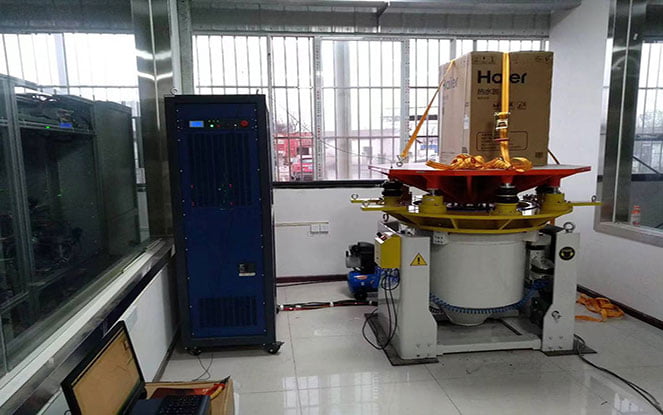Packaging transportation vibration test is to simulate the transportation process of the product, and find out the design defects and possible risks of the product through the test. It is also an effective method to predict the loss of products in the process of transportation and to rationalize the cost of product design.
The development of vibration test methods for packaging transportation from fixed frequency sinusoidal to swept-frequency sinusoidal to random vibration types is noteworthy. Fixed frequency sinusoidal testing focuses on one or a few selected frequencies (usually the resonant frequency of the test sample), because it is not practical to measure all the resonant frequencies and their effect on the product, and the resonant frequency itself will change during the test.
This led to the development of the sweep-frequency sinusoidal vibration test, which made it possible to measure all the resonant frequencies that the sample had to endure. The motivation for the transition to random vibration testing is the limitation of the swept-frequency sine method. In the swept-frequency sine test, the sample resonates sequentially at each resonant frequency, while in the random vibration test, the sample resonates simultaneously at all resonant frequencies. This transition allows for a more complete evaluation of the response of the sample over the entire resonant spectrum during testing.
